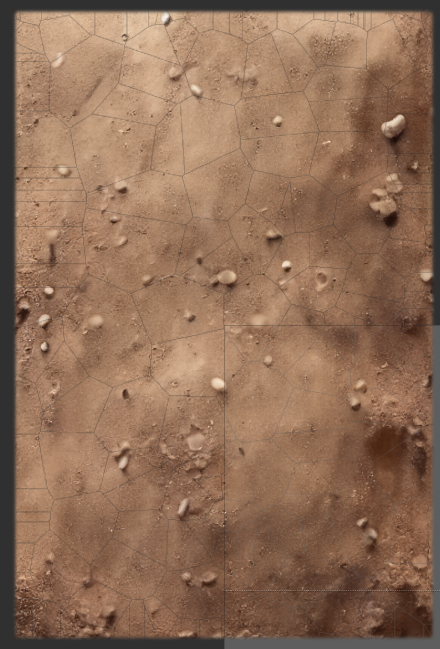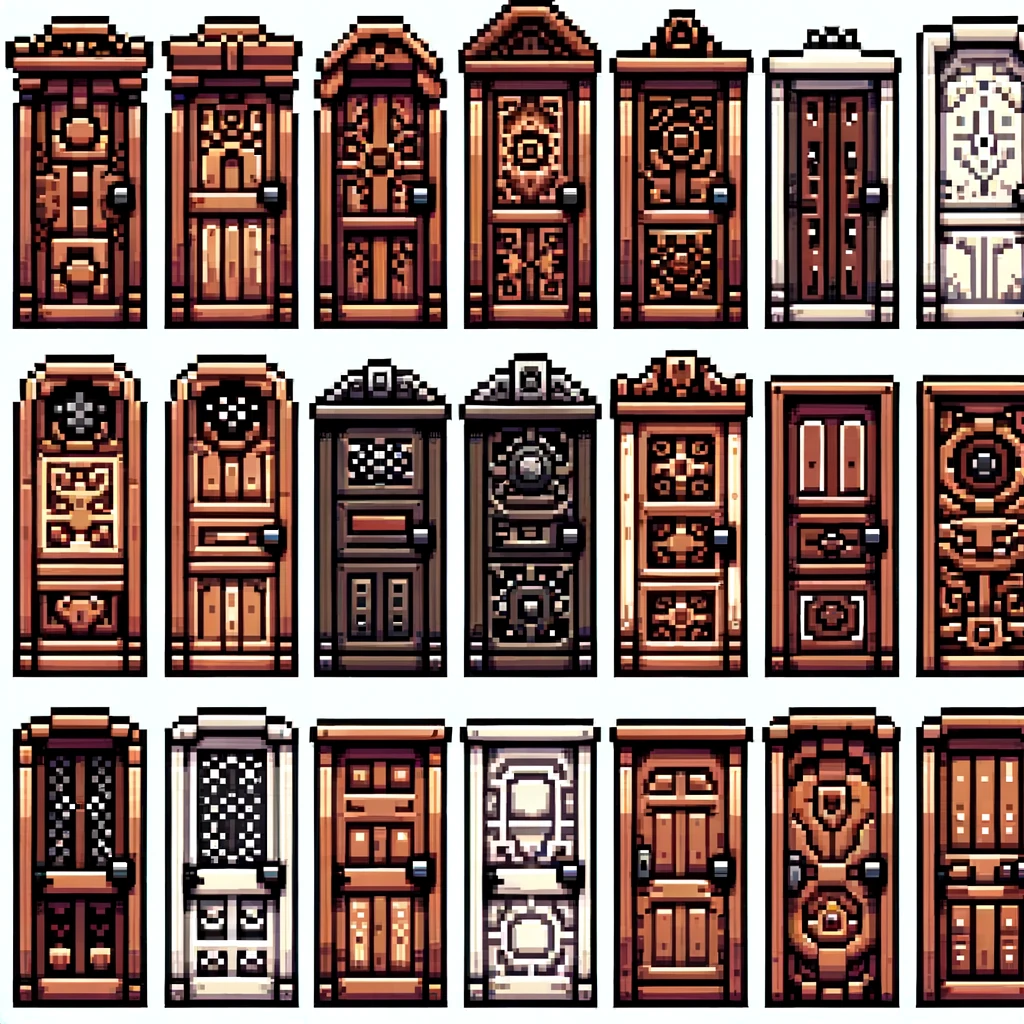
I cloned my Windows installation to a larger M.2 disk and then put the old smaller M.2 disk into an external usb enclosure. But no computer would recognize it properly. The Windows Disk Manager wanted me to “initialize” the disk but neither the MBR nor the GPT option would work, they both throw an error saying “incorrect function”.
I finally decided to try the disk in another usb enclosure, and it started working immediately. It turns out I was trying to use a SATA M.2 disk in a enclosure meant for NVMe SSD enclosures. While they looked the same, the functionalities were different and not interchangeable.
So the lesson is that you need to make sure you have the right kind of enclosure depending on if your disk is a SATA M.2 or NVMe M.2 SSD disk.
SATA M.2: These SSDs use the Serial ATA (SATA) interface protocol, which is the same interface used by traditional 2.5-inch SATA SSDs and hard drives. They typically have slower transfer speeds compared to NVMe SSDs, but are still much faster than traditional hard drives.
NVMe SSD: NVMe stands for Non-Volatile Memory Express. This is a newer interface protocol designed specifically for SSDs to take advantage of the high-speed PCIe bus. NVMe SSDs offer significantly faster transfer speeds compared to SATA SSDs, making them ideal for high-performance applications and tasks that require fast data transfer rates.
Both SATA M.2 and NVMe M.2 SSDs are physically installed into the same M.2 slot inside a computer. The difference lies in how they communicate with the motherboard once installed.
The M.2 slot is a small, form-factor slot on the motherboard specifically designed to accommodate M.2 SSDs. This slot can support both SATA and NVMe M.2 SSDs, but the SSDs themselves use different interface protocols once connected.
So, regardless of whether you have a SATA M.2 SSD or an NVMe M.2 SSD, you would physically install it into the same M.2 slot on your motherboard. However, the interface protocol and speed capabilities differ between the two types of SSDs.





